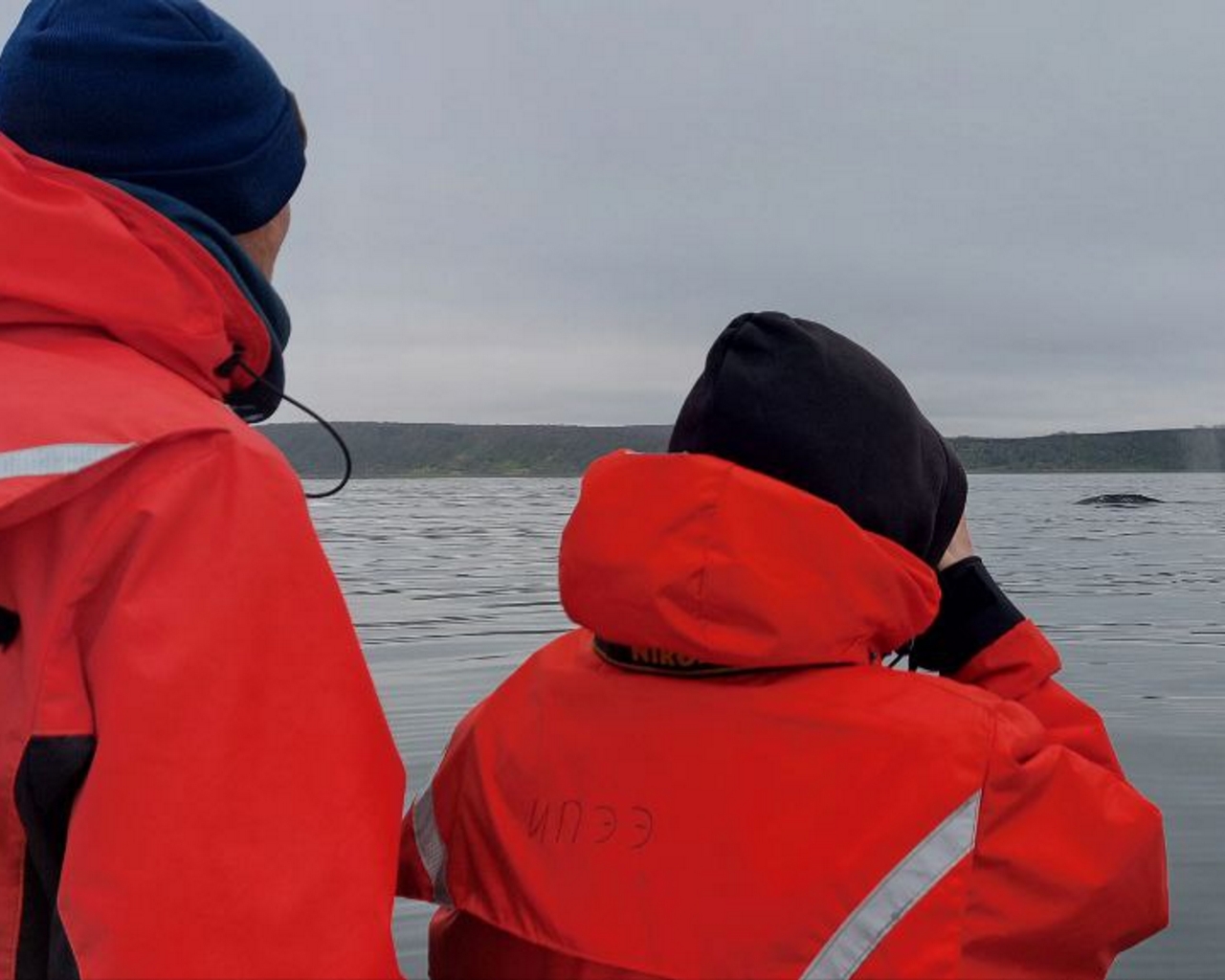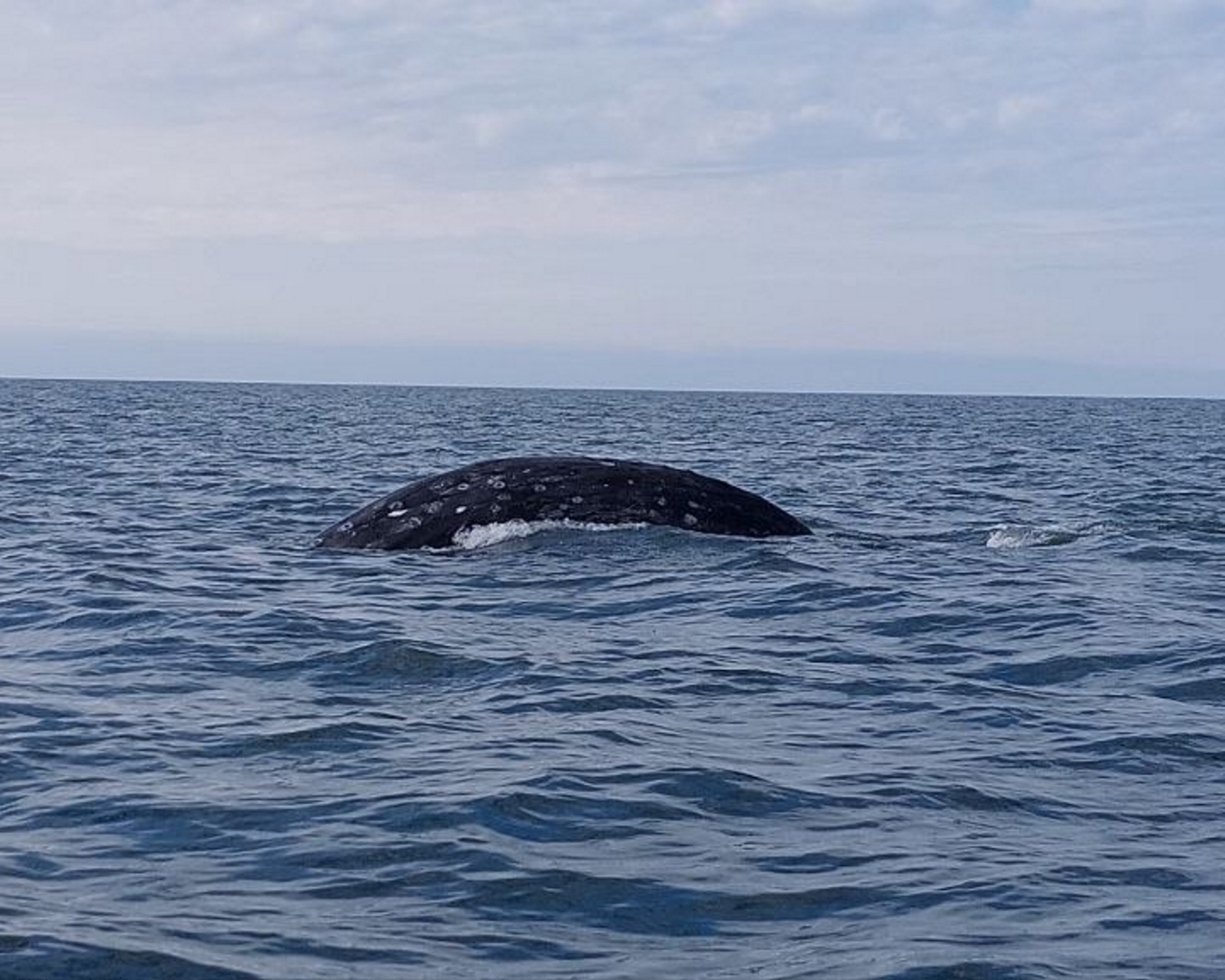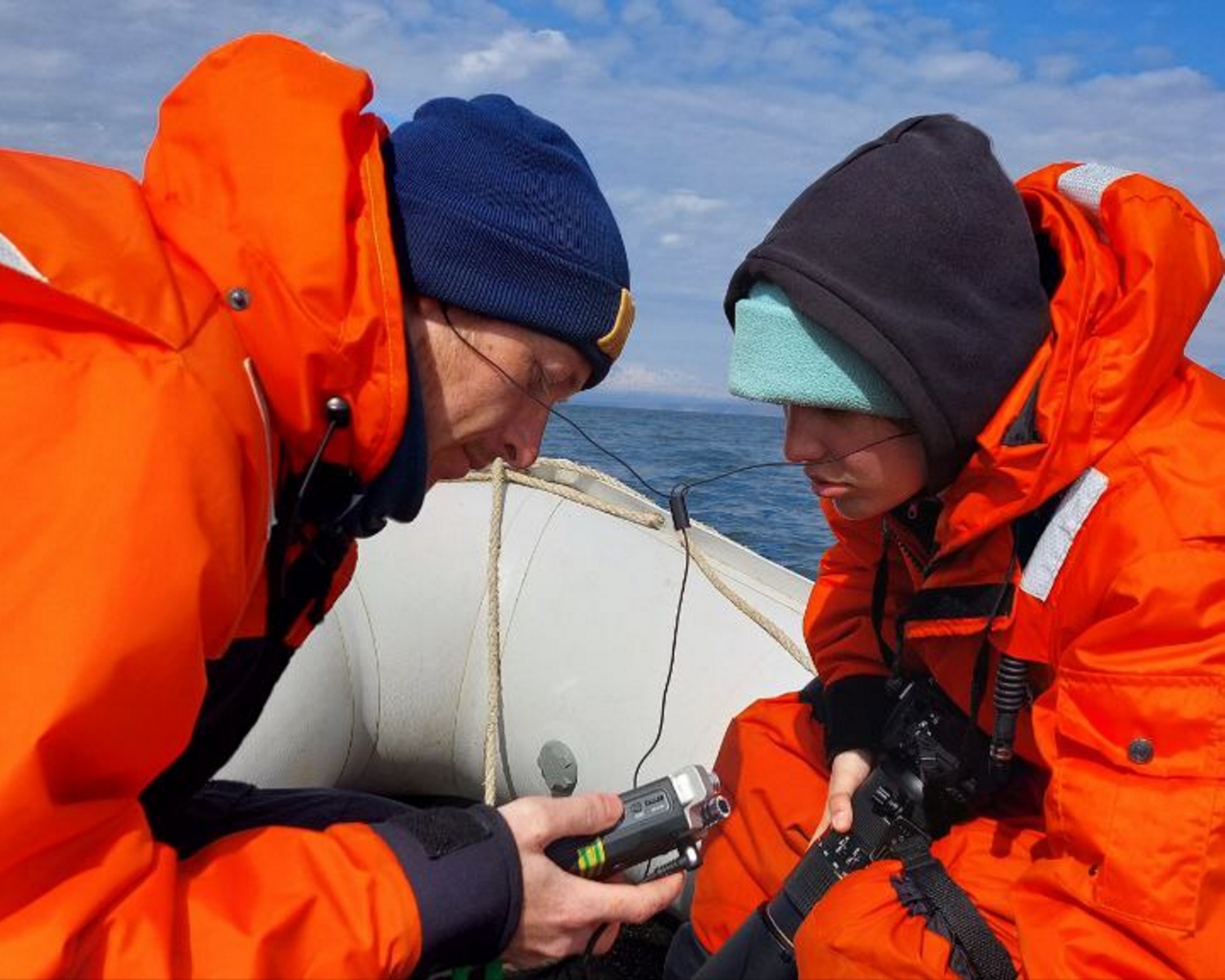
In the specially protected water area of the Olga Bay of Kronotsky Bay, scientists from the A.N. Severtsov Institute for Ecology and Evolution of the Russian Academy of Sciences have begun the next stage of research on the most ancient baleen whales listed in the Red Books of all levels.
Olga Bay in the Kronotsky Reserve has been serving gray whales native to the waters of California and Mexico for many years as a kind of summer restaurant. Here, after wintering off the coast of North America and the birth of offspring, they “halt” during a long migration to feed in shallow water off benthos - organisms that live at the bottom of the coastal zone or above its surface. These are bottom fish species, crustaceans and various mollusks.
In the Kronotsky Nature Reserve, where fishing is not carried out and there is no intensive navigation, the whales feel completely safe. Gray whales are one of the main objects of observation for participants in sea excursions and scientific expeditions in the protected bay. In July, here you can see about fifty individuals in one day, watch their fountains.

IEE RAS expedition to study gray whales started in early June. Marine biologists conduct photo-ID of animals. This is necessary in order to trace the migration path of "old acquaintances" and to add new encountered individuals to the existing catalogs of gray whales. The data will allow us to learn more about the migration routes and lifestyle of ancient marine mammals and develop recommendations for the conservation of the population. The expedition members shared their first results.
"So far, according to photo-identification data, we have 40 whales. And about 10 of them were seen in the summer on Sakhalin in previous years. Many of these whales will also go to Sakhalin. We try to photograph the left and right sides, we also capture the upper back from the drone. Photos allow not only to count all the whales encountered, but also to assess their fatness and the condition of the skin. This work will take a lot of time. If we evaluate the current state of the animals, we see a lot of thin whales. Which, in fact, is normal after a long migration, "said Matvey Mamaev , leader of the expedition, leading engineer of IEE RAS.

The researchers noted that while the unpredictable weather in Kamchatka allows them to observe the sea for several hours almost every day, the work is proceeding according to plan.
Additional Information:
The gray whale is the only species of the gray whale family. Listed in the Red Books of the IUCN, the Russian Federation and the Kamchatka Territory. Gray whales are indigenous to the eastern Pacific. Animals winter in warm lagoons off the coast of the southern United States (California) and Mexico, and possibly Japan and Korea, where mating takes place and offspring are born.
In early spring, they go on a long journey to summer feeding grounds - the cold territorial waters of Alaska, Chukotka, Kamchatka, Sakhalin and the Kuril Islands, where they feed on benthos in shallow water (organisms living in the bottom part of the sea or burrowing into the ground). At the end of autumn, they go in the opposite direction alone or in small groups. Thus, gray whales cover from 12 to 19 thousand kilometers per year.
Every year, scientists study marine mammals in the waters of the Kronotsky Reserve and the South Kamchatka Reserve. The largest accumulation of animals there is observed from the beginning of June to the end of July and in November on the way back.
